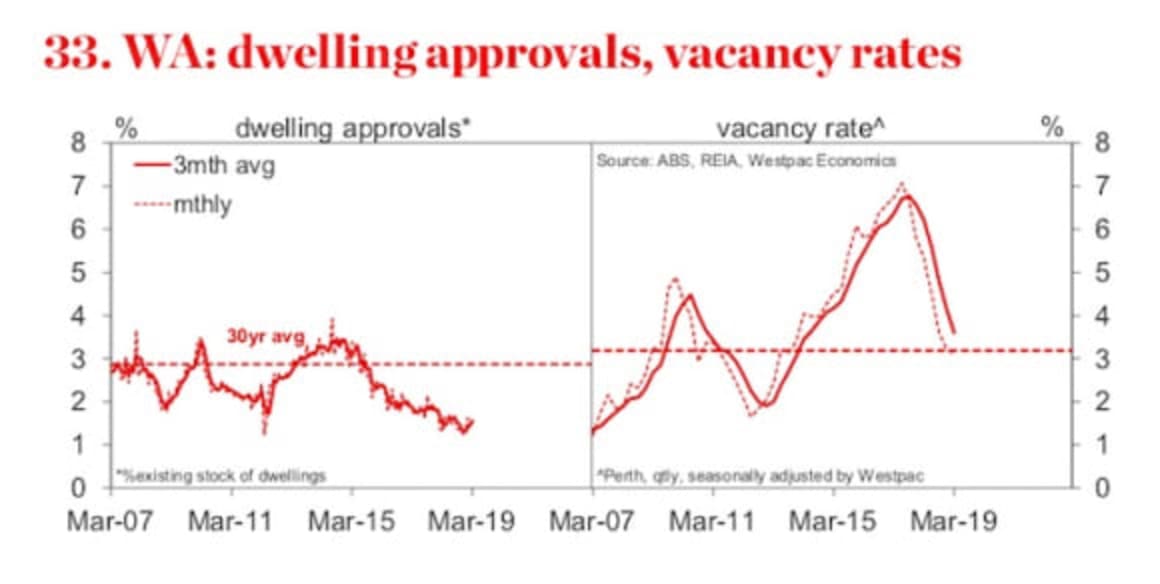Western Australia sees no real let up to bleak property market

Conditions remain bleak across the WA housing market, with Perth’s five year price correction re-acclerating in 2018 and buyer sentiment still not gaining traction, according to Westpac.
Its Housing Pulse May 2019 did suggest there are positives as the pace of monthly price declines is moderating, the glut in rental markets looks to have disappeared, and mining regions have seen a lift.
However, with the economy still looking soft, mortgage arrears rising and the clear threat of ‘negative equity’ problems highlighted in our last report, downside risks are likely to persist.
Curtin University school of economics, finance and property associate professor Steven Rowley recently noted the bottom of the market had been called for three years now.
Perth valuer Gavin Hegney believes that the bottom has yet to come.
“If you are looking for the bottom out in the overall median price, you are not going to see that until the end of the year,” he told Domain.
“And you are not going to see that until rents rise and the tenants of today become the purchasers of tomorrow on the basis they can get money, and that will seem to balance and lessen the rental pressure and see purchasing pressure and recovery in the lower end of the market
“That’s the reality but within the market there are always things on the move, and while outer areas and the lower end are seeing properties sell for well below replacement price, some of the upper end of the market – not the ultimate prestige – but what they call the upper end mortgage market if you like, is doing quite well.”
Click here to enlarge:






“That 2011 decline was the trough and was before the 2014 peak, so prices rose from their trough in 2011 up to the peak of 2014, and now they are back down to that trough of 2011 more or less,” said Domain senior research analyst Nicola Powell, meaning they are now nearly back to the levels seen at the end of 2011.
“The impact of the once-in-a-generation mining boom played havoc with normal demand patterns; there was a temporary population explosion which led to rising prices and in the end an overbuild of new housing,” LWP Property Group managing director Danny Murphy told Domain.
“When the impacts of the boom ended the major driver of activity in population growth fell away sharply. Other related factors around employment certainty and the expectation of reductions in prices reduced the incentive to purchase.”